The Hydropower Sustainability Tools offer ‘answers to all your questions’
Hydropower operators and developers can use the internationally recognised Hydropower Sustainability Tools to identify and manage project risks and improve communications with stakeholders, says Elisa Xiao, a member of the Hydropower Sustainability Governance Committee.
Elisa Xiao is a Senior Environmental and Social Professional with the New Development Bank (NDB), and a member of the Hydropower Sustainability Governance Committee.
Elisa is a Senior Environmental and Social Professional with the New Development Bank (NDB) with over 20 years of environmental and social consulting experience for both the public and private sectors in over 30 countries.
In 2014, Elisa became an Accredited Assessor for the Hydropower Sustainability Tools – comprising the Guidelines on Good International Industry Practice (HGIIP), an Assessment Protocol (HSAP) and an ESG Gap Analysis Tool (HESG).
These tools are used to guide and assess hydropower project performance, examining a range of issues from communications and consultation and resettlement, to impacts on water quality and biodiversity.
A toolkit for companies
“The Hydropower Sustainability Guidelines provide a toolkit for companies to plan, prepare, implement and operate hydropower projects in a sustainable manner, taking into account technical, social, environmental, financial and economic considerations,” Elisa says.
Companies can use the guidelines at any stage of project development, benchmarking their current practices against international definitions of good practice, and taking remedial actions as necessary. “More importantly, the guidelines can help companies to prioritise their efforts towards the most significant risks, which in turn will assist in managing overall project risks,” she says.
Whereas the HGIIP define good practice, the HSAP and the HESG are used when a project proponent needs an objective assessment of its performance delivered by an independent accreditor assessor.
Building a sustainability profile
The HSAP is used to build a detailed sustainability profile for a project, which is used to benchmark its performance against definitions of both good and best practice. “By commissioning a project assessment using the HSAP, companies will establish a good understanding of their sustainability objectives, maintain effective communication with key stakeholders, identify major project sustainability risks that may hinder the project implementation, and develop practical measures to manage project sustainability risks,” she says.
In addition, companies can use the HSAP to build their own internal capacity through the assessment process. “What makes the HSAP unique is that it is the only such protocol that is specifically developed for the hydropower industry covering all sustainability issues. It can be seen as an encyclopedia for hydropower sustainability. Users can find answers for all their sustainability questions using it,” she adds.
A common language
The Hydropower Sustainability Tools, whether used individually or as a set, provide a common language for improving understanding about all kinds of issues in sustainability relevant to hydropower development.
“A fuller understanding of good and best practices in the industry can help developers, operators and stakeholders to establish practical risk management mechanisms for hydropower development projects. This will help them to obtain a ‘social licence’ to operate, facilitate project implementation and avoid potential project delays,” says Elisa.
Beyond the project team, the Hydropower Sustainability Tools can also be used and understood by wider stakeholders including national authorities, financiers and local communities, helping these groups to appreciate the performance standards to expect from a hydropower project.
“Governments, investors, or communities can now understand what is possible if good or best practice is pursued,” Elisa says. “By knowing the tools, these groups can build their own capacity, support the project to develop sustainability goals and measures, and participate in decision-making effectively.”
Find out more about the Hydropower Sustainability Tools.
Contact an Accredited Assessor.


